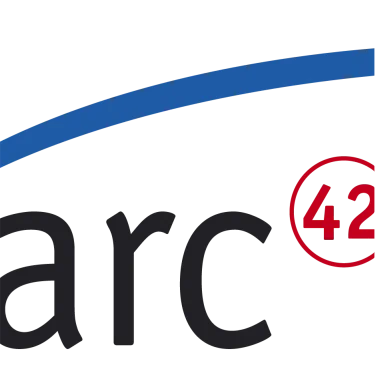Ease of use is a basic concept that describes how easily users can use a product. Design teams define specific metrics per project—e.g., “Users must be able to tap Find within 3 seconds of accessing the interface.” —and aim to optimize ease of use while offering maximum functionality and respecting business limitations.
A metric of satisfaction in using a product as established by one or more individuals using the product.
describes your client’s aspirations for how easy it is for the intended users of the product to operate it. The product’s usability is derived from the abilities of the expected users of the product and the complexity of its functionality. The usability requirements should cover properties such as these:
- Efficiency of use: How quickly or accurately the user can use the product.
- Ease of remembering: How much the casual user is expected to remember about using the product.
- Error rates: For some products it is crucial that the user commits very few, or no, errors.
- Overall satisfaction in using the product: This is especially important for commercial, interactive products that face a lot of competition. Web sites are a good example.
- Feedback: How much feedback the user needs to feel confident that the product is actually accurately doing what the user expects. The necessary degree of feedback will be higher for some products (e.g., safety-critical products) than for others. (VOLERE V20)”
